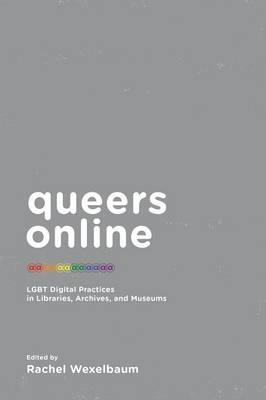In the 21st century, there are more LGBT information resources than ever before. The challenges that arise both from the explosion of born-digital materials and the transformation of materials from physical to electronic formats has implications for access to these resources for future generations. Along with preservation concerns, making these numerous digital LGBT resources available to users becomes more difficult when they swim in an ocean of websites, EBooks, digitized objects, and other digital resources. Librarians, archivists, and museum curators must engage in a range of new digital practices to preserve and promote these numerous LGBT resources. A "digital practice" in libraries, archives, and museums includes, but is not limited to, the digitization of physical objects; the creation of online resources and services that improve access to these objects; the use of online catalogs, databases, and metadata to categorize such objects; and the online social media and Web 2.0 tools used to connect users to these resources. Information professionals engaged in digital practices must also understand the information needs, online searching behaviors, and online communication styles of their patrons in order to make them aware of the digital resources that may be of use to them. This is the first book to specifically address the digital practices of LGBT librarians, archivists, and museum curators, as well as the digital practices of seekers and users of LGBT resources and services. More broadly, this collection aims to address these issues in the context of the technical, social, economic, legal, and political challenges of creating LGBT-specific digital collections, electronic resources and services.









